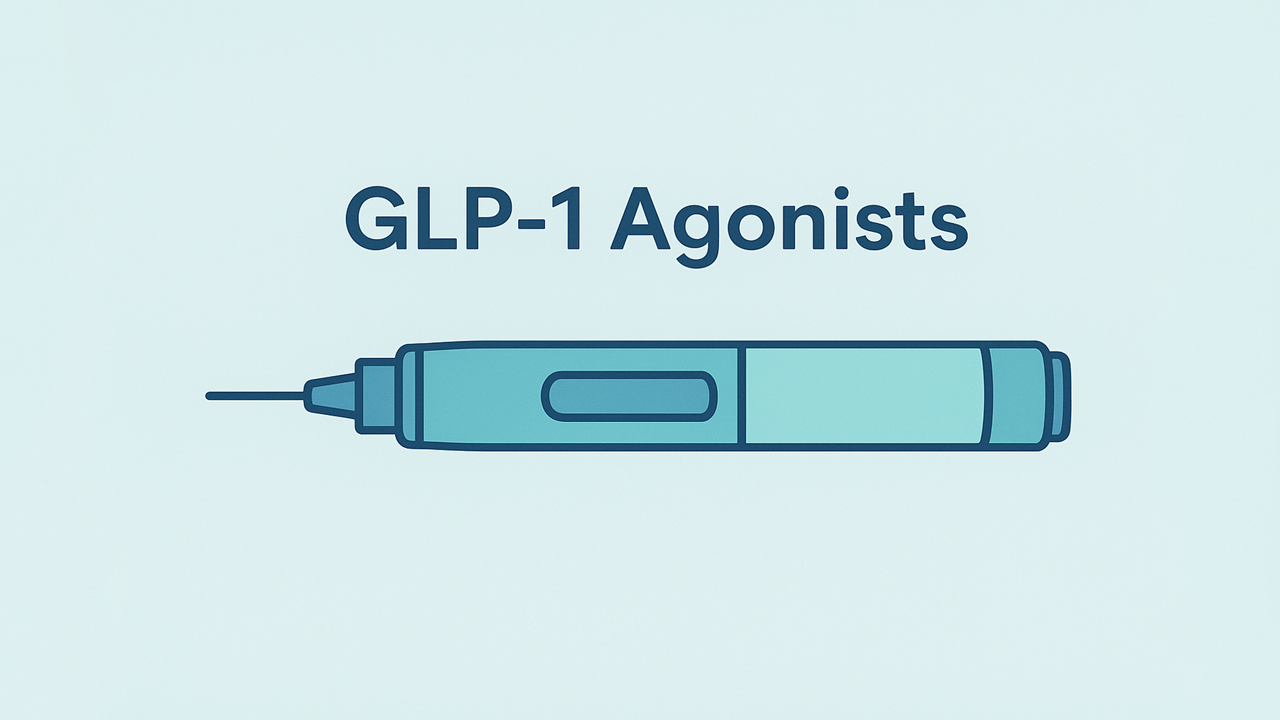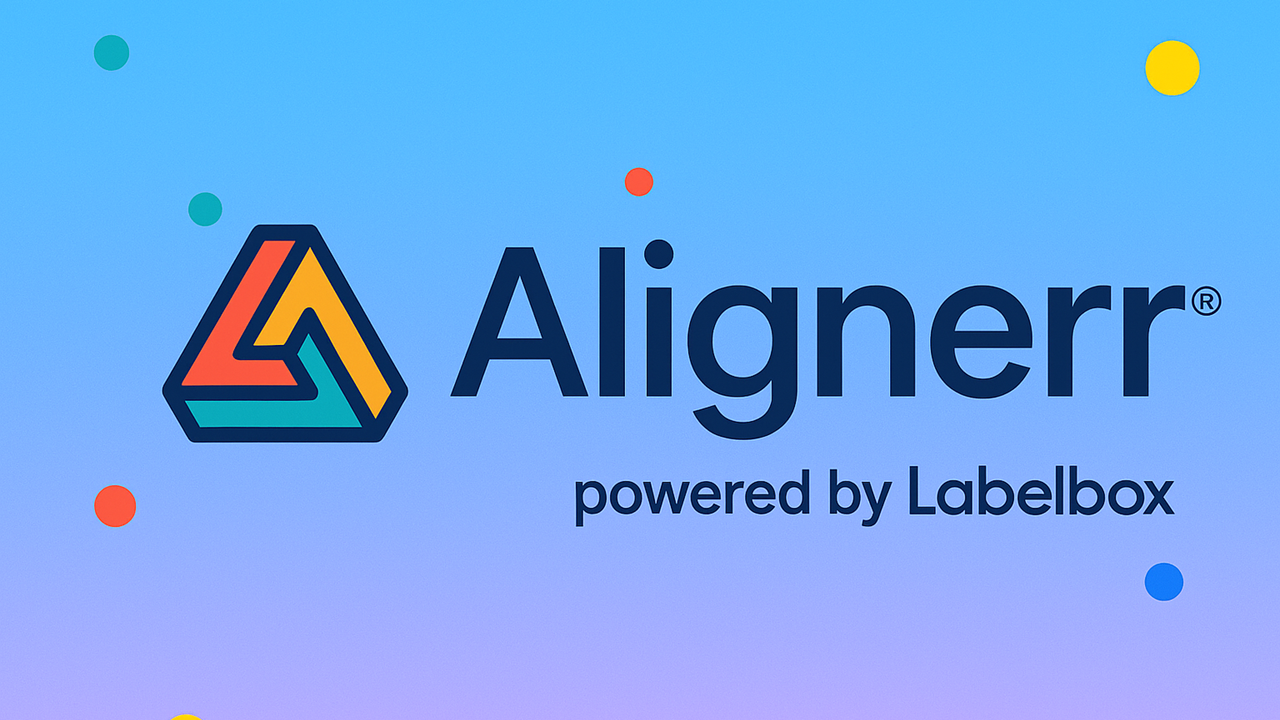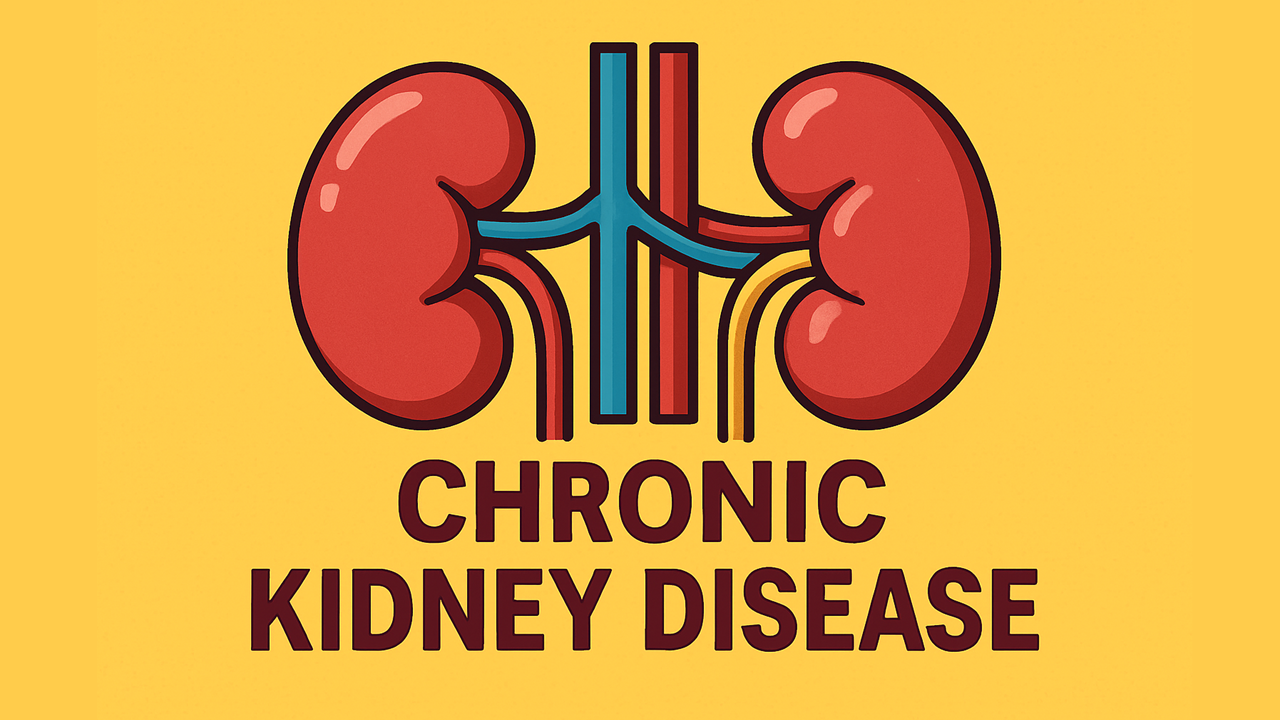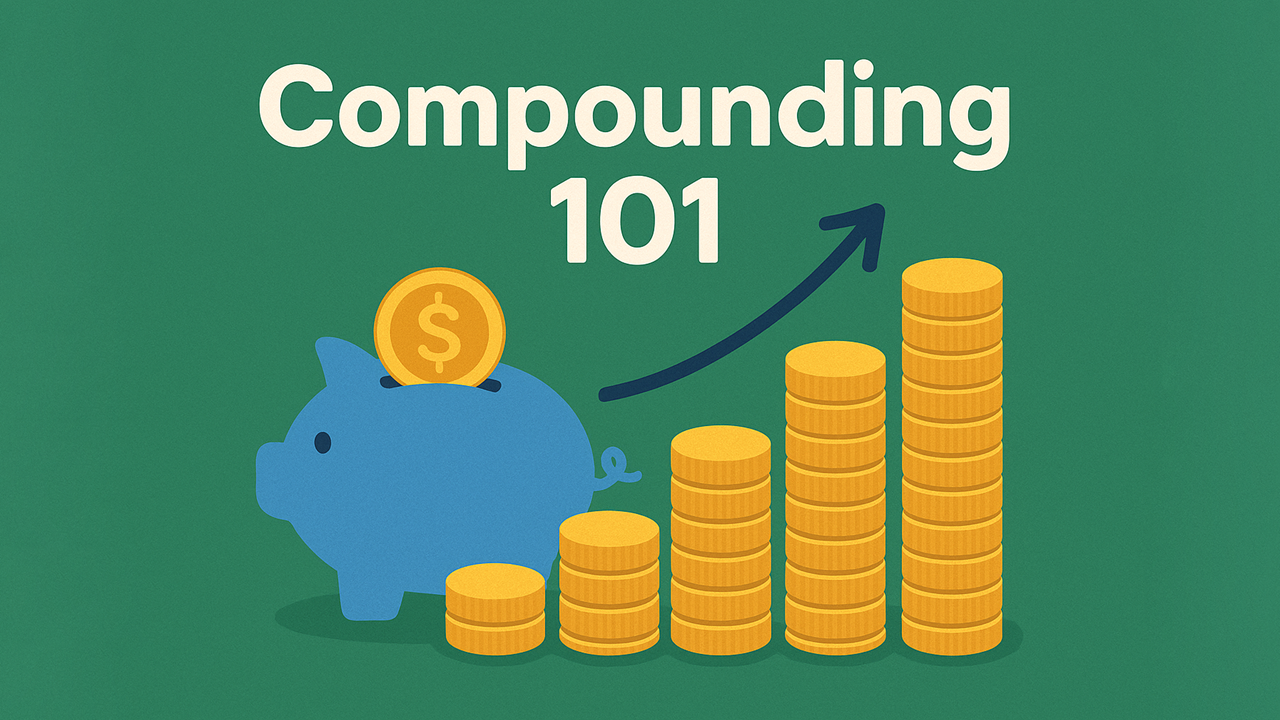Research‑Backed Supplements & Interventions for Extending Lifespan
Note on scope. Because this topic is not a single disease, the required structure has been adapted. Below, “Supplements & Interventions for Lifespan Extension” includes OTC supplements, prescription drugs, and validated lifestyle or clinical strategies with human and/or animal evidence on longevity. Each item is presented in the standard “Mechanism / Evidence / Dosage / Contraindications / Notes” format for clarity.
What Is “Lifespan Extension”?
“Lifespan extension” refers to increasing overall survival (all‑cause mortality reduction) and, ideally, healthspan—the years lived free of disability and major chronic disease. In humans, credible evidence typically comes from randomized controlled trials (RCTs) showing reduced mortality or hard clinical events, or from large, well‑controlled cohort studies when trials are impractical. In animals, increases in median and maximum lifespan under controlled conditions strengthen biological plausibility for human translation (Kaeberlein, 2018). Hallmark aging pathways repeatedly implicated across species include nutrient sensing (mTOR/IGF‑1), mitochondrial function, autophagy, cellular senescence, and inflammation (López‑Otín et al., 2013).
The strongest, most generalizable human longevity gains arise from managing dominant, modifiable risks: smoking cessation, cardiorespiratory fitness, blood pressure control, LDL‑cholesterol lowering, glycemic and weight management, and vaccination against high‑burden infections (Jha et al., 2013; SPRINT Research Group, 2015; CTT Collaboration, 2012; Udell et al., 2013; Kodama et al., 2009). These measures reduce the incidence of cardiovascular disease, cancer, and respiratory illness—the leading causes of death globally.
Two nutrition‑centric paradigms are often discussed. Caloric restriction (CR) extends lifespan in many species and improves health markers in humans; primate data have been mixed but largely supportive when diet quality and study design are harmonized (Colman et al., 2009; Mattison et al., 2012; Mattison et al., 2017). In the CALERIE phase‑2 human trial, ~12% sustained CR for two years improved insulin sensitivity, blood pressure, and a composite of aging‑biology biomarkers—changes expected to track with lower long‑term mortality, though direct lifespan data are not feasible in mid‑life adults (Kraus et al., 2019). Separately, Mediterranean‑style dietary patterns are consistently associated with reductions in all‑cause and cardiovascular mortality in cohorts and with fewer major events in trials (Sofi et al., 2010; Estruch et al., 2013).
Finally, several geroprotective candidates—from metformin and SGLT2 inhibitors to mTOR inhibition (rapamycin), acarbose, and spermidine—have mechanistic and preclinical support, with varying degrees of human evidence. Where human mortality or event reduction exists, it is highlighted below; where evidence is animal‑only or observational, that is clearly indicated.
Supplements for Lifespan Extension
Items are ordered to prioritize interventions with human mortality benefits or robust all‑cause risk reduction, followed by promising agents with preclinical longevity data.
Omega‑3 Fatty Acids (EPA +DHA)
Mechanism of Action: Antiarrhythmic membrane effects, triglyceride lowering, anti‑inflammatory actions that reduce CV mortality—key driver of lifespan (Tavazzi et al., 2008).
Evidence: In chronic heart failure, 1 g/day EPA/DHA reduced all‑cause mortality modestly over 3.9 years (HR 0.91) (Tavazzi et al., 2008). Large general‑population trials show mixed mortality effects; CV death reductions are more consistent.
Dosage: 1 g/day EPA+DHA; use purified preparations.
Contraindications: Caution with anticoagulation at high doses; GI upset.
Notes: Best‑supported in people with cardiovascular disease or high triglycerides.
Vitamin D (for Deficiency)
Mechanism of Action: Modulates RAAS, immunity, and cell differentiation; deficiency associates with higher mortality. Supplementation modestly reduces cancer mortality in meta‑analyses (Keum et al., 2019).
Evidence: RCT meta‑analysis suggests reduced cancer mortality with D supplementation, though total mortality effects are small/neutral overall (Keum et al., 2019).
Dosage: 1,000–4,000 IU/day cholecalciferol to achieve 25(OH)D ≥ 30 ng/mL.
Contraindications: Hypercalcemia, granulomatous disease; monitor calcium.
Notes: Treat deficiency; avoid pharmacologic megadoses without indication.
Coenzyme Q10 + Selenium (Combined)
Mechanism of Action: Mitochondrial electron transport (CoQ10) and selenoprotein‑dependent antioxidant defenses; synergy improves myocardial bioenergetics (Alehagen et al., 2013).
Evidence: In older Swedish adults, 4 years of CoQ10 (200 mg/d) + selenium (200 µg/d) reduced cardiovascular mortality (HR 0.45) with sustained benefit at 10‑year follow‑up (Alehagen et al., 2013; Alehagen et al., 2018).
Dosage: CoQ10 200 mg/day + selenium yeast 200 µg/day.
Contraindications: Warfarin interaction (CoQ10); excess selenium can be toxic (> 400 µg/day).
Notes: Data are strongest for CV mortality in selenium‑replete but older adults; replication in diverse cohorts is desirable.
Prescription Medicine for Lifespan Extension
Metformin (in Type 2 Diabetes; investigational in non‑diabetics)
Mechanism of Action: AMPK activation lowers hepatic gluconeogenesis, improves insulin sensitivity, reduces inflammation and may dampen mTOR signaling (Campbell et al., 2017).
Evidence: In T2D, metformin users had equal or better survival than matched non‑diabetic controls and lower cancer/CV mortality in observational analyses; UKPDS showed long‑term mortality benefits in overweight T2D (Bannister et al., 2014; UKPDS Group, 1998). No completed RCT shows lifespan benefit in non‑diabetics; TAME is planned.
Dosage: 1,500–2,000 mg/day as tolerated (with meals).
Contraindications: Advanced CKD (eGFR < 30), risk of lactic acidosis, B12 deficiency with long‑term use.
Notes: Consider for diabetics per guidelines; off‑label longevity use awaits randomized evidence.
SGLT2 Inhibitors (for T2D, CKD, or HF)
Mechanism of Action: Induce glycosuria, natriuresis, and ketone shift; reduce preload/afterload, improve renal hemodynamics, and attenuate inflammation.
Evidence: Large outcome trials show reductions in all‑cause and CV mortality in heart failure and CKD populations, with consistent hospitalization benefits (Zelniker et al., 2019).
Dosage: Dapagliflozin 10 mg/day or empagliflozin 10 mg/day per indication.
Contraindications: Recurrent ketoacidosis, severe dehydration, mycotic infections risk; adjust for renal function.
Notes: Disease‑specific survival gains that materially extend life in high‑risk patients.
Spermidine
Mechanism of Action: Induces autophagy and improves mitochondrial function; robust lifespan extension in model organisms (Eisenberg et al., 2016).
Evidence: In mice, lifespan extension and cardioprotective remodeling; in humans, higher dietary spermidine intake associates with lower all‑cause and CVD mortality in prospective cohorts (Eisenberg et al., 2016). RCT mortality data are lacking.
Dosage: Dietary pattern rich in spermidine (whole grains, legumes, mushrooms); supplemental doses vary (typically 1–6 mg/day in studies).
Contraindications: Limited human safety data at pharmacologic doses; caution with immunosuppression.
Notes: Promising autophagy inducer; prioritize food‑based sources pending larger trials.
Rapamycin / mTOR Inhibition (Preclinical; investigational)
Mechanism of Action: Inhibits mTORC1, promoting autophagy and stress resistance; central node in aging biology.
Evidence: Extends lifespan in mice, even when started late in life; canine and human pilot studies focus on safety and functional endpoints (Harrison et al., 2009; Kaeberlein et al., 2017).
Dosage: Not established for longevity; clinical use requires specialist oversight.
Contraindications: Stomatitis, dyslipidemia, insulin resistance, infection risk; multiple drug interactions.
Notes: Among the most reproducible animal geroprotectors; human longevity trials are a high priority but not yet definitive.
Acarbose & 17‑α‑Estradiol (Preclinical signal)
Mechanism of Action: Acarbose blunts post‑prandial glycemic spikes; 17‑α‑estradiol modulates metabolic/inflammatory signaling in males.
Evidence: Male‑biased lifespan extension in genetically heterogeneous mice (Harrison et al., 2014; Garratt et al., 2017). No human mortality data.
Dosage: Acarbose 25–100 mg with meals (diabetes indication); 17‑α‑estradiol not approved for longevity.
Contraindications: Acarbose—GI intolerance; 17‑α‑estradiol—unknown long‑term safety.
Notes: Hypothesis‑generating; translation requires rigorous human testing.
Interventions for Lifespan Extension
Smoking Cessation
Mechanism of Action: Eliminates chronic exposure to carcinogens and oxidants that drive DNA damage, endothelial dysfunction, thrombosis, and COPD; rapidly lowers sympathetic tone and inflammation (Jha et al., 2013).
Evidence: Quitting in mid‑life recoups ~10 years of life expectancy and halves mortality within 5–10 years versus continued smoking (Jha et al., 2013).
Dosage: N/A—behavioral plus pharmacotherapy (NRT, varenicline, bupropion) per guidelines.
Contraindications: None to cessation; medication cautions per label.
Notes: The single largest, fastest longevity gain available to most adults.
Aerobic & Resistance Exercise (Cardiorespiratory Fitness)
Mechanism of Action: Improves VO₂max, vascular function, insulin sensitivity, autonomic balance (↑HRV), and reduces visceral adiposity and inflammation (Kodama et al., 2009).
Evidence: Meta‑analysis of 33 cohorts showed a 13% reduction in all‑cause mortality per 1‑MET higher fitness; high‑fit vs low‑fit associated with ~70% lower mortality (Kodama et al., 2009).
Dosage: ≥150 min/week moderate aerobic + 2 days/week resistance work; higher fitness yields larger benefit.
Contraindications: Individualize in symptomatic CVD or advanced illness.
Notes: Track with periodic fitness testing; even small gains matter.
Intensive Blood‑Pressure Control (Clinical Protocol)
Mechanism of Action: Lowers macro‑ and microvascular risk via reduced hemodynamic stress and endothelial injury.
Evidence: In SPRINT, targeting SBP < 120 mmHg vs < 140 reduced all‑cause mortality by 27% and major CV events by 25% over 3.3 years in non‑diabetic, high‑risk adults (SPRINT Research Group, 2015).
Dosage: Individualized multi‑drug therapy, lifestyle sodium restriction, and home BP monitoring.
Contraindications: Greater risk of hypotension, electrolyte abnormalities; avoid in specific comorbidities (e.g., autonomic failure).
Notes: One of the clearest trial‑proven longevity strategies in mid‑to‑late life.
LDL‑Cholesterol Lowering (Statins ± Other Agents)
Mechanism of Action: Reduces atheroma progression and plaque rupture risk; pleiotropic anti‑inflammatory effects (CTT Collaboration, 2012).
Evidence: Per 1 mmol/L (≈ 39 mg/dL) LDL‑C reduction with statins, all‑cause mortality falls by ~10% and vascular mortality by ~20% in high‑risk patients (CTT Collaboration, 2012).
Dosage: High‑intensity statin to guideline LDL targets; add ezetimibe/PCSK9 as needed.
Contraindications: Active liver disease, pregnancy; monitor for myopathy.
Notes: Population‑level longevity driver via prevented CV deaths.
Influenza (and Pneumococcal) Vaccination
Mechanism of Action: Prevents high‑mortality respiratory infections and infection‑triggered cardiovascular events (Udell et al., 2013).
Evidence: Meta‑analysis shows influenza vaccination reduces major adverse cardiovascular events and is associated with lower mortality in high‑risk adults; benefits strongest post‑ACS and in older adults (Udell et al., 2013).
Dosage: Annual influenza vaccine; pneumococcal per age/risk.
Contraindications: Severe allergy to vaccine components.
Notes: Low effort, repeatedly validated survival benefit in older and high‑risk populations.
Mediterranean‑Style Dietary Pattern
Mechanism of Action: Polyphenol‑ and MUFA‑rich diet lowers inflammation, improves lipid profile and endothelial function, and supports a favorable gut microbiome (Sofi et al., 2010).
Evidence: Adherence associates with reduced all‑cause mortality (RR ≈ 0.91 per 2‑point adherence increase) in meta‑analysis; PREDIMED showed ~30% fewer major CV events (Sofi et al., 2010; Estruch et al., 2013).
Dosage: High intake of vegetables, legumes, whole grains, nuts, olive oil; moderate fish; minimal processed meats/sugars.
Contraindications: None specific; tailor for CKD or heart failure sodium needs.
Notes: A cornerstone “longevity diet” with reproducible benefits.
Caloric Restriction (CR) / Energy Reduction
Mechanism of Action: Down‑regulates mTOR/IGF‑1 signaling, enhances autophagy, improves insulin sensitivity, and lowers inflammation (López‑Otín et al., 2013).
Evidence: In rhesus monkeys, design‑sensitive analyses show improved survival with CR; in humans, CALERIE demonstrated broad risk‑factor and biologic age improvements with ~12% CR over 2 years (Colman et al., 2009; Mattison et al., 2017; Kraus et al., 2019).
Dosage: ~10–20% energy reduction under dietitian guidance; ensure micronutrient adequacy.
Contraindications: Frailty, eating disorders, pregnancy, uncontrolled illness.
Notes: Healthspan benefits are clear; direct human lifespan proof is impractical but biology is strong.
Ongoing Research
Metformin (TAME): A randomized, event‑driven trial in older adults is planned to test whether metformin delays a composite of age‑related diseases—an accepted surrogate for longevity (Barzilai et al., 2016).
mTOR modulation: Intermittent low‑dose rapalogs are being studied in older adults for immune rejuvenation and functional endpoints, building toward hard‑outcome trials (Kaeberlein et al., 2017).
Spermidine & autophagy in humans: Small RCTs are exploring cognitive and cardiometabolic outcomes; larger trials with clinical endpoints are anticipated (Eisenberg et al., 2016).
Precision longevity: Trials integrating biologic age clocks, genetics, and metabolomics aim to identify responders to diet, exercise, or pharmacologic geroprotectors, accelerating personalized strategies (Ferrucci et al., 2020).
Caloric restriction & mimetics: Follow‑ups to CALERIE and trials of CR‑mimetics (e.g., acarbose‑like post‑prandial blunting, polyamine boosting, time‑restricted eating) are testing adherence, safety, and multi‑system effects relevant to survival (Kraus et al., 2019).
References
Alehagen, U., Johansson, P., Björnstedt, M., Rosén, A., & Dahlström, U. (2013). Cardiovascular mortality and N‑terminal proBNP reduced with selenium and coenzyme Q10 supplementation in a randomized trial among elderly Swedish citizens. International Journal of Cardiology, 167(5), 1860–1866.
Alehagen, U., Aaseth, J., Alexander, J., & Johansson, P. (2018). Still reduced cardiovascular mortality 12 years after supplementation with selenium and coenzyme Q10 for four years: A validation of previous 10‑year follow‑up results of a prospective randomized double‑blind placebo‑controlled trial in elderly. PLOS ONE, 13(4), e0193120.
Bannister, C. A., et al. (2014). Can people with type 2 diabetes live longer than those without? A comparison of mortality in people initiated with metformin or sulphonylurea monotherapy. Diabetes, Obesity and Metabolism, 16(11), 1165–1173.
Barzilai, N., Crandall, J. P., Kritchevsky, S. B., & Espeland, M. A. (2016). Metformin as a tool to target aging. Cell Metabolism, 23(6), 1060–1065.
Colman, R. J., et al. (2009). Caloric restriction delays disease onset and mortality in rhesus monkeys. Science, 325(5937), 201–204.
CTT Collaboration. (2012). The effects of lowering LDL cholesterol with statin therapy on vascular and all‑cause mortality. The Lancet, 380(9841), 581–590.
Eisenberg, T., et al. (2016). Cardioprotection and lifespan extension by the natural polyamine spermidine. Nature Medicine, 22(12), 1428–1438.
Estruch, R., et al. (2013). Primary prevention of cardiovascular disease with a Mediterranean diet. New England Journal of Medicine, 368(14), 1279–1290.
Garratt, M., et al. (2017). 17‑α‑estradiol ameliorates age‑related metabolic and inflammatory dysfunction in male mice. Aging Cell, 16(3), 497–507.
Harrison, D. E., et al. (2009). Rapamycin fed late in life extends lifespan in genetically heterogeneous mice. Nature, 460(7253), 392–395.
Harrison, D. E., et al. (2014). Acarbose, 17‑α‑estradiol, and nordihydroguaiaretic acid extend mouse lifespan preferentially in males. Aging Cell, 13(2), 273–282.
Jha, P., et al. (2013). 21st‑century hazards of smoking and benefits of cessation in the United States. New England Journal of Medicine, 368(4), 341–350.
Kaeberlein, M. (2018). How healthy is the healthspan concept? GeroScience, 40(4), 361–364.
Kaeberlein, M., Creevy, K. E., & Promislow, D. E. L. (2017). The Dog Aging Project: Translational geroscience in companion animals. Mammalian Genome, 27(7–8), 279–288.
Keum, N., Lee, D. H., Greenwood, D. C., Manson, J. E., & Giovannucci, E. (2019). Vitamin D supplementation and total cancer incidence and mortality: A meta‑analysis of randomized controlled trials. Annals of Oncology, 30(5), 733–743.
Kodama, S., et al. (2009). Cardiorespiratory fitness as a quantitative predictor of all‑cause mortality and cardiovascular events: A meta‑analysis. JAMA, 301(19), 2024–2035.
Kraus, W. E., et al. (2019). 2 years of calorie restriction and cardiometabolic risk: Results from CALERIE phase 2. Cell Metabolism, 29(1), 221–234.e4.
López‑Otín, C., Blasco, M. A., Partridge, L., Serrano, M., & Kroemer, G. (2013). The hallmarks of aging. Cell, 153(6), 1194–1217.
Mattison, J. A., et al. (2012). Impact of caloric restriction on health and survival in rhesus monkeys from the NIA study. Nature, 489(7415), 318–321.
Mattison, J. A., et al. (2017). Caloric restriction improves health and survival of rhesus monkeys. Nature Communications, 8, 14063.
SPRINT Research Group. (2015). A randomized trial of intensive versus standard blood‑pressure control. New England Journal of Medicine, 373(22), 2103–2116.
Sofi, F., et al. (2010). Adherence to Mediterranean diet and health status: Meta‑analysis. American Journal of Clinical Nutrition, 92(5), 1189–1196.
Udell, J. A., et al. (2013). Association between influenza vaccination and cardiovascular outcomes: A systematic review and meta‑analysis. JAMA, 310(16), 1711–1720.
UK Prospective Diabetes Study (UKPDS) Group. (1998). Effect of intensive blood‑glucose control with metformin on complications in overweight patients with type 2 diabetes. The Lancet, 352(9131), 854–865.
Zelniker, T. A., et al. (2019). SGLT2 inhibitors for primary and secondary prevention of cardiovascular and renal outcomes: A systematic review and meta‑analysis. The Lancet, 393(10166), 31–39.
Tavazzi, L., et al. (2008). Effect of n‑3 polyunsaturated fatty acids in chronic heart failure (GISSI‑HF). The Lancet, 372(9645), 1223–1230.
Medical guidance: Use these data to inform discussions with a clinician. Many agents above (e.g., statins, SGLT2 inhibitors, blood‑pressure therapy) extend life by treating risk conditions; others (e.g., metformin, rapamycin, spermidine) remain investigational for primary longevity applications despite promising biology.
About the Author
Harry Negron is the CEO of Jivaro, a writer, and an entrepreneur with a strong foundation in science and technology. He holds a B.S. in Microbiology and Mathematics and a Ph.D. in Biomedical Sciences, with a focus on genetics and neuroscience. He has a track record of innovative projects, from building free apps to launching a top-ranked torrent search engine. His content spans finance, science, health, gaming, and technology. Originally from Puerto Rico and based in Japan since 2018, he leverages his diverse background to share insights and tools aimed at helping others.































